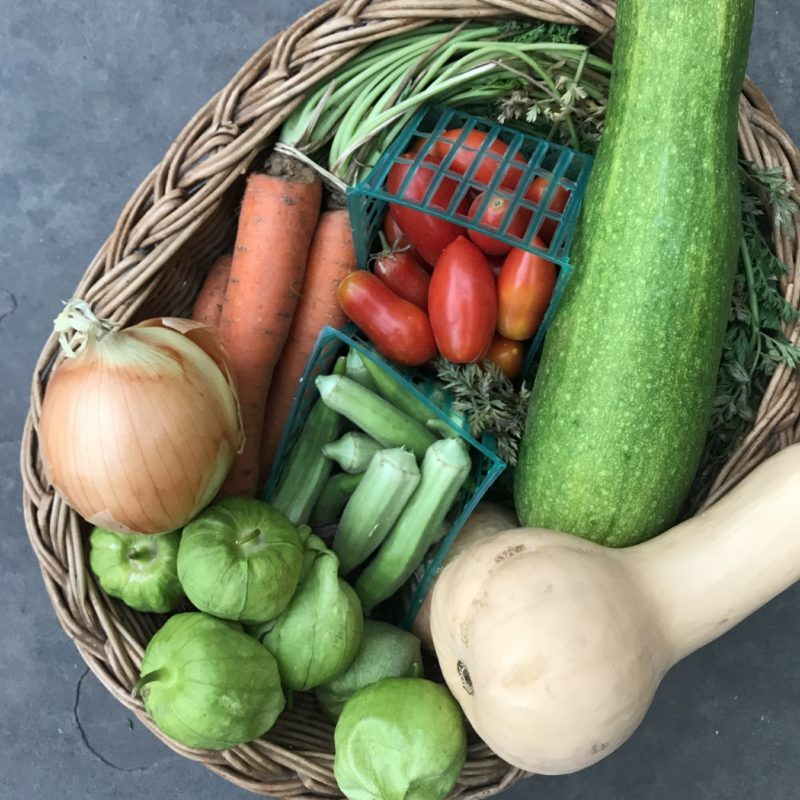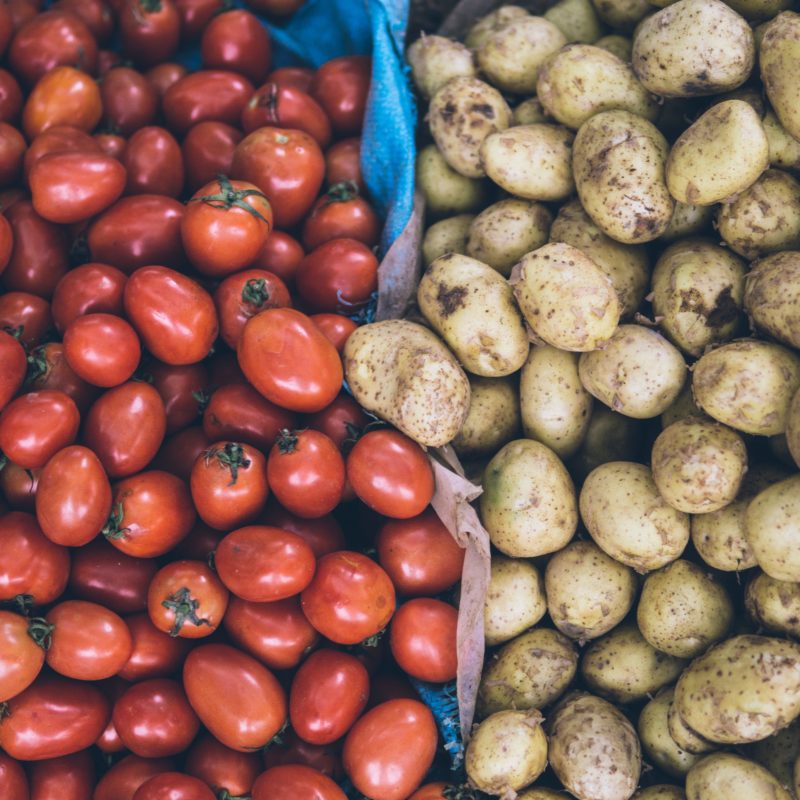Bi-Weekly Newsletter v. 774
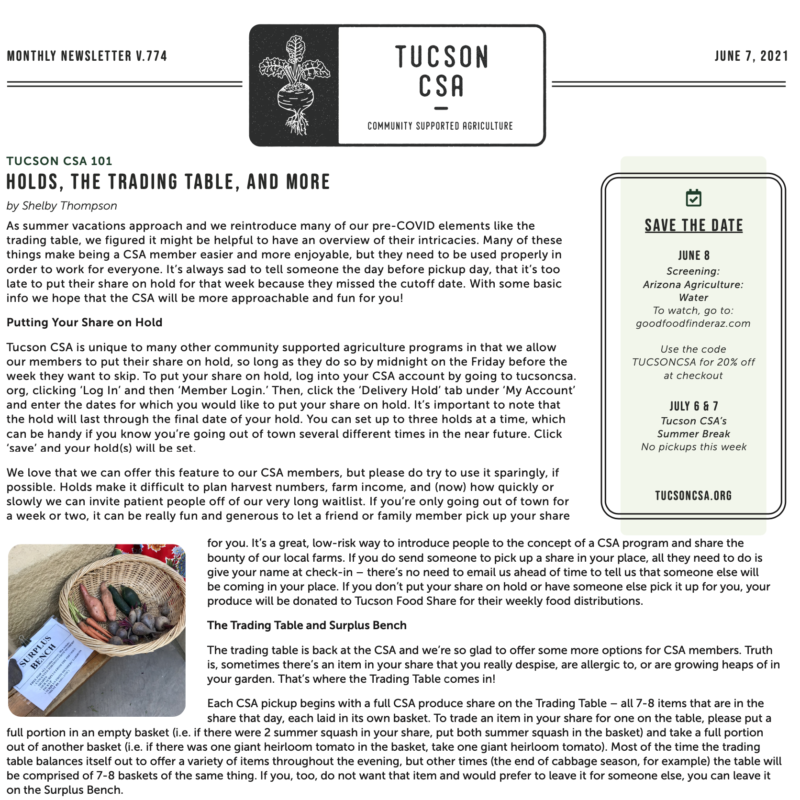
Tucson CSA 101
Vacation Holds, the Trading Table, and More

As summer vacations approach and we reintroduce many of our pre-COVID elements, like the trading table, we figured it might be helpful to have an overview of their intricacies. Many of these perks make being a CSA member easier and more enjoyable, but they need to be used properly in order to work. It’s always sad to tell someone, the day before their pickup day, that it’s too late to put their share on hold for that week because they missed the cutoff date. With some basic info we hope that the CSA will be more approachable and fun for you!
Putting Your Share on Hold
Tucson CSA is unique to many other community supported agriculture programs in that we allow our members to put their share on hold, so long as they do so by midnight on the Friday before the week they want to put on hold. To put your share on hold, log into your CSA account by going to tucsoncsa.org, clicking “log in” and then “Member Login.” Then, click the ‘Delivery Hold’ tab under ‘My Account’ and enter the dates for which you would like to put your share on hold. It’s important to note that the hold will last through the final date of your hold. You can set up to three holds at a time, which can be handy if you know you’re going out of town several times in the near future. Click ‘save’ and your hold(s) will be set.
We love that we can offer this feature to our CSA members, but please do try to use it sparingly, if possible. Holds make it difficult to plan harvest numbers, farmer income, and (now) how quickly or slowly we can invite patient people off of our very long waitlist. If you’re only going out of town for a week or two, it can be really fun and generous to let a friend or family member pick up your share for you. It’s a great, low-risk way to introduce people to the concept of a CSA program and share the bounty of our local farms. If you do send someone to pick up a share in your place, all they need to do is give your name at check-in – there’s no need to email us ahead of time to tell us that someone else will be coming in your place. If you don’t put your share on hold or have someone else pick it up for you, your produce will be donated to Tucson Food Share for their weekly food distributions.
The Trading Table and Surplus Bench
The trading table is back at the CSA and we’re so glad to offer some more options for CSA members. Truth is, sometimes there’s an item in your share that you really despise, are allergic to, or are growing heaps of in your garden. That’s where the trading table comes in!
Each CSA pickup begins with a full CSA produce share on the Trading Table – all 7-8 items that are in the share that day, each laid in its own basket. To trade an item from your share with one on the table, please put a full portion in an empty basket (i.e. if there were 2 summer squash in the share, put both summer squash in the basket) and take a full portion out of another basket (i.e. if there was one giant heirloom tomato, take one giant heirloom tomato). Most of the time the trading table balances itself out with a variety of items throughout the evening, but other times (the end of cabbage season, for example) the table will be comprised of 7-8 baskets of the same kind of produce. If you, too, do not want that item and would prefer to leave it for someone else, you can leave it on the Surplus Bench.
The produce on the Surplus Bench is free for any to take. It may include other members’ unwanted produce from that day’s share; surplus from the previous CSA pickup; and organic surplus from members’ gardens. We welcome you to take and leave produce on the Surplus Bench as you wish.
Save the Date
Screening:
To watch, go to: goodfoodfinderaz.com
Use the code TUCSONCSA for 20% off at checkout
Tucson CSA’s Summer Break
No pickups this week
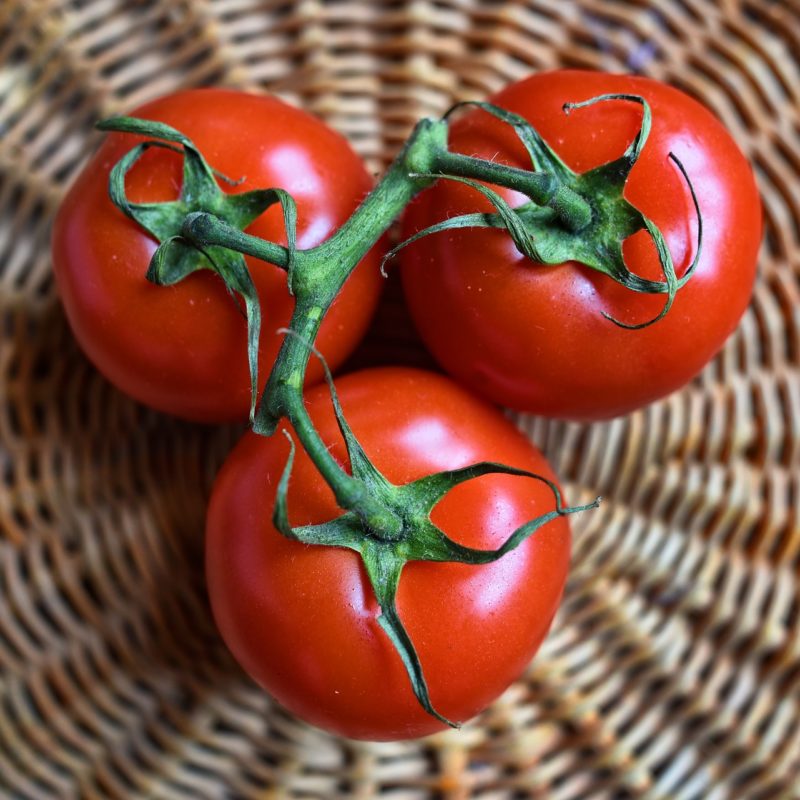
Recipes, Resources, and More
Introducing Our New Website!
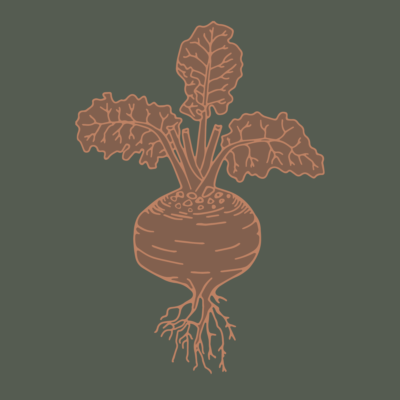
After 14 years, we’ve updated our website to be more modern, mobile friendly, and reflective of the work we do in the community – and we couldn’t be more excited! The URL (TucsonCSA.org) is the same, and you’ll notice that your favorite features, like the weekly harvest list, newsletter articles, and recipes are more visible and searchable than ever. In fact, recipes can be filtered by ingredient, keyword, diet, season, and meal, making it easier than ever for you to quickly find a recipe for kohlrabi than ever before.
Speaking of recipes, we hope to replace the stock images with more accurate photos from our Tucson CSA community over time and would love your help doing so! If you happen to make one of the recipes on our site and snap a photo, please send it to shelby@tucsoncsa.org so that we can feature it on our website.
We couldn’t have completed this redesign without the invaluable feedback of members and volunteers, or the help of our amazing advisory board. Thank you for helping us with this huge and exciting project!
We’re Reading
First Bite: How We Learn to Eat Bee WilsonWe’re Listening To
Other People’s Food The SporkfulWe’re Watching
High on the Hog NetflixOn Social
Dr. Jessica B. Harris (@drjessicabharris) InstagramProducer Spotlight
Mano y Metate
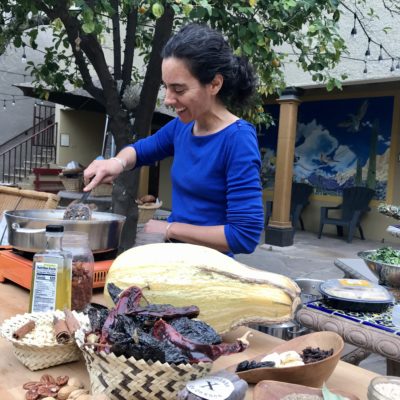
Moles (pronounce MÓ-less) are to Mexico what curry powders are to India. Mole is a generic term attributed to a number of spice mixes which generally use chili peppers as the main ingredient, along with herbs, nuts, fruits and other ingredients. Some moles contain 20 or more ingredients! Ingredients are typically roasted and/or dried and then ground into a powder. The powder is then used to make a thick sauce which is typically served over meat or poured over enchiladas. Moles can also be used as a rub for meats or a seasoning to enhance dishes.
Classic moles are mole poblano, mole negro, mole pipian and mole verde. There are many more. Mole recipes are often passed down through generations and are generally prepared for special events. The preparation of a mole is a long process often including many women in a family.
Some of the best moles in Tucson are made by Amy Valdés Schwemm, who has also been a Tucson CSA volunteer for over 10 years! We offer all of Amy’s moles in the CSA Shop. Amy makes her own moles from scratch. Here is what Amy says about her moles:
A mano and metate is a stone grinding tool traditionally used to prepare moles. My great grandmother’s metate inspires me in my kitchen.
I grind fresh, whole spices, nuts, seeds, and chiles in small batches, so making moles, the celebrated Mexican sauces, in your kitchen is as easy as sauté, simmer, and serve.
Sauté a tin of Mano Y Metate mole powder in two tablespoons of oil to make an aromatic paste. Add broth and simmer to finish the sauce. ¡Qué suave! Serve your fresh homemade mole with meat or veggies. Unlike commercial mole paste, Mano Y Metate Mole powder is cooked in the oil of your choice, fresh every time.
¡Buen Provecho!
